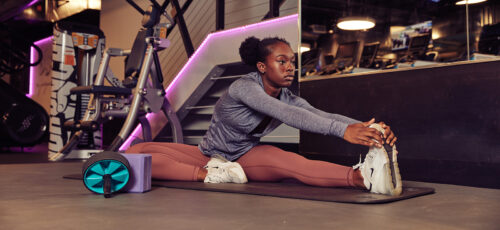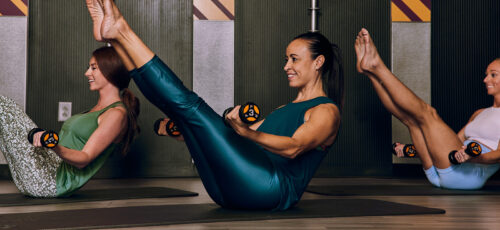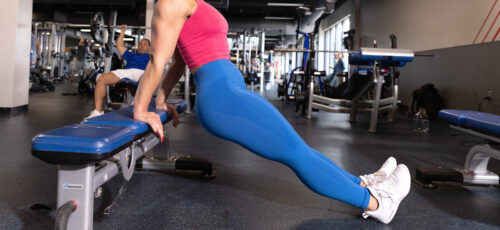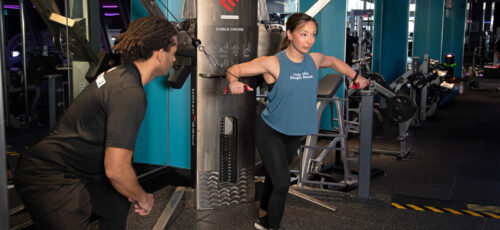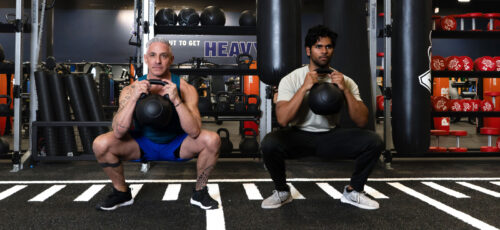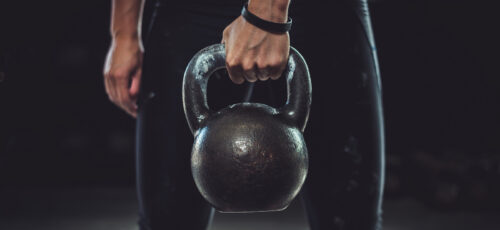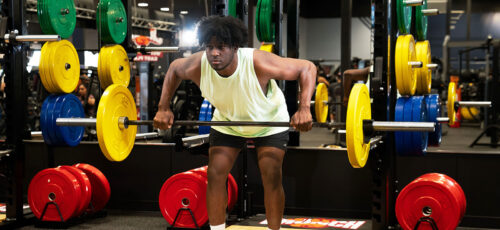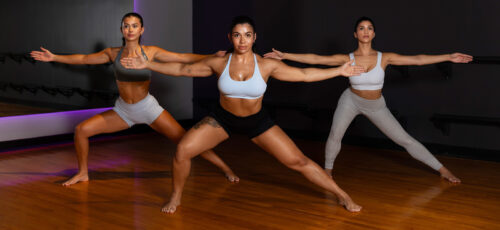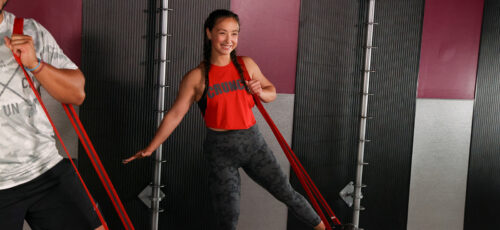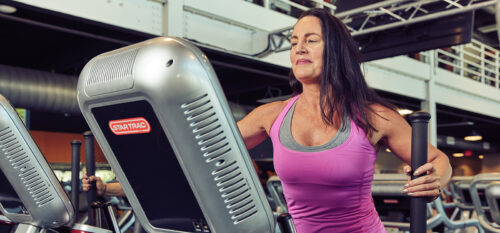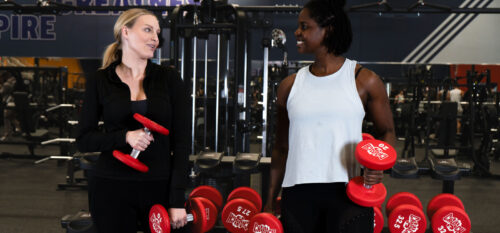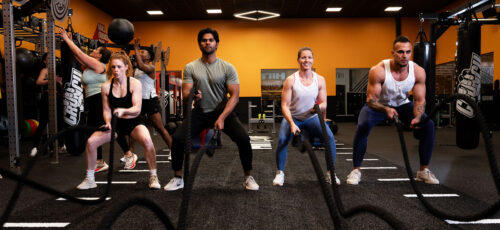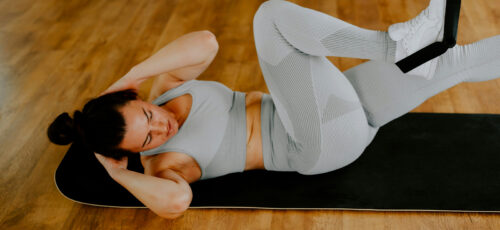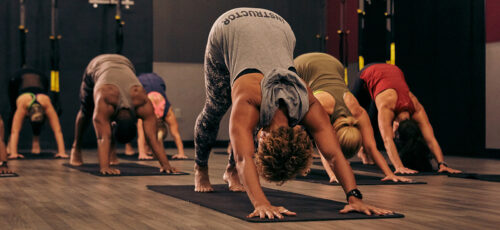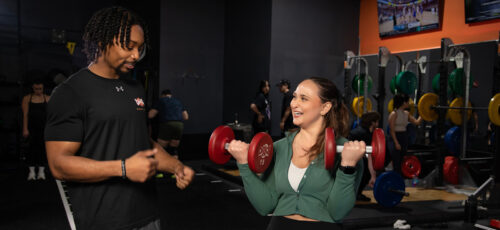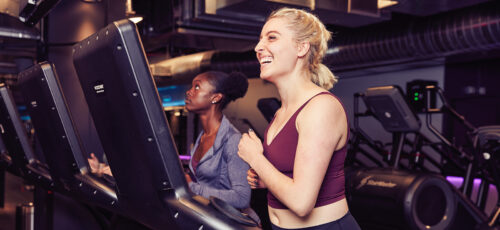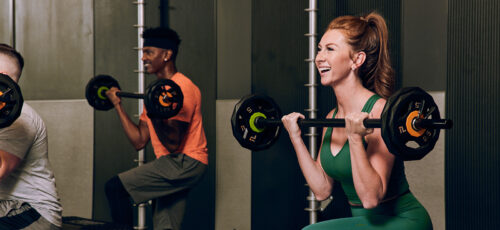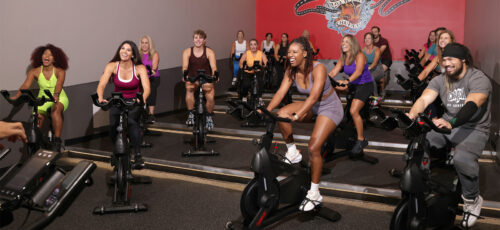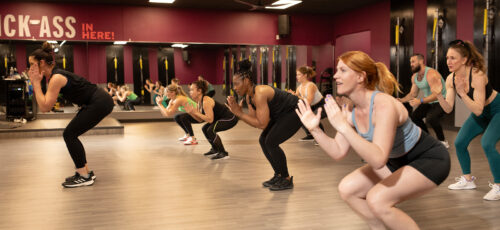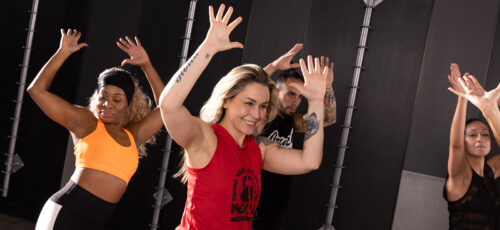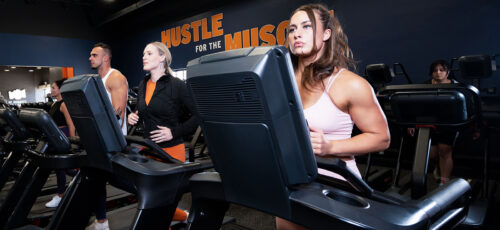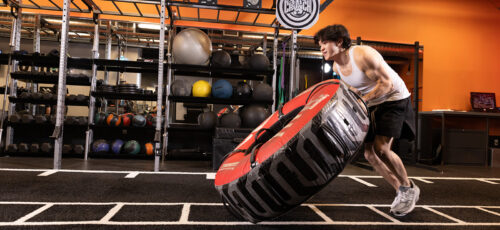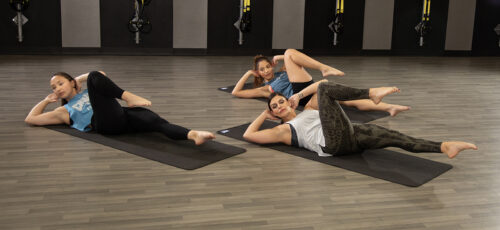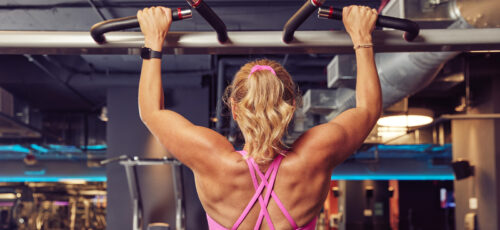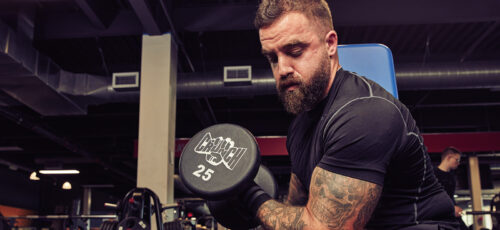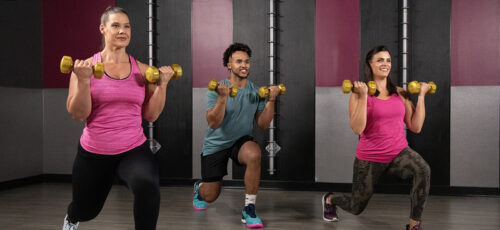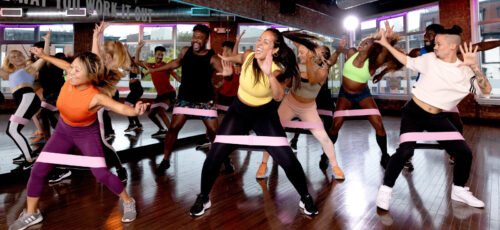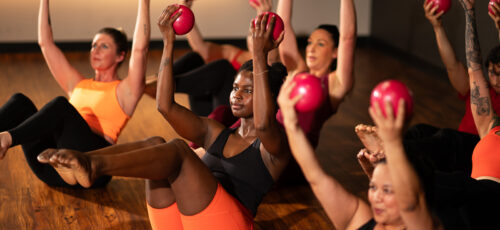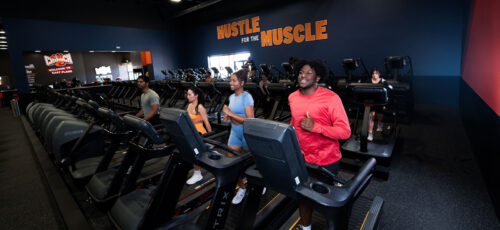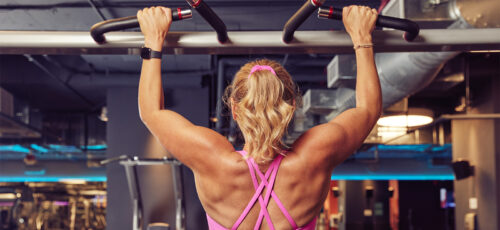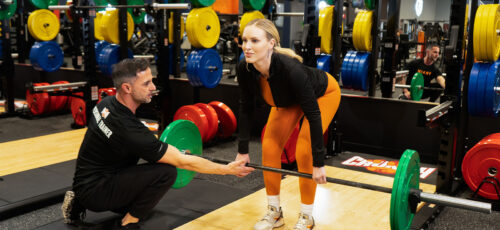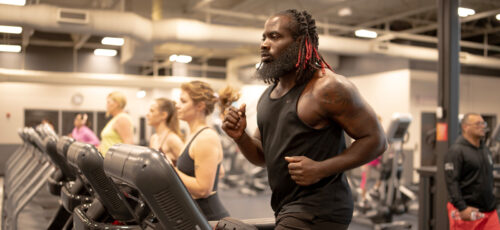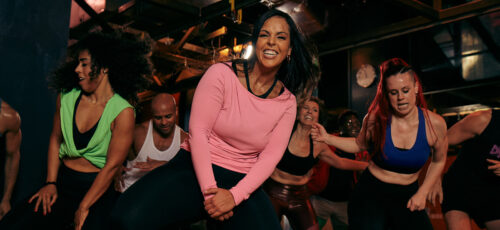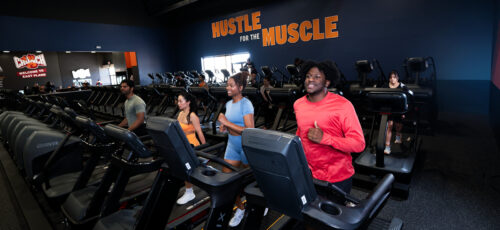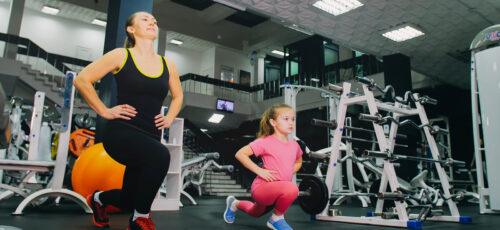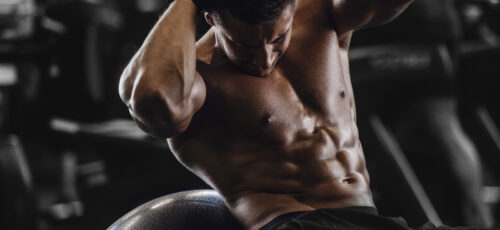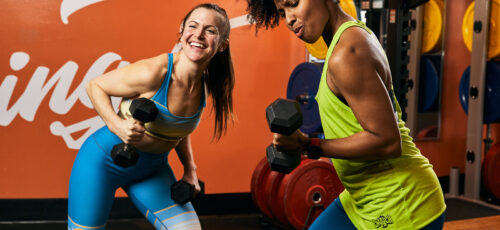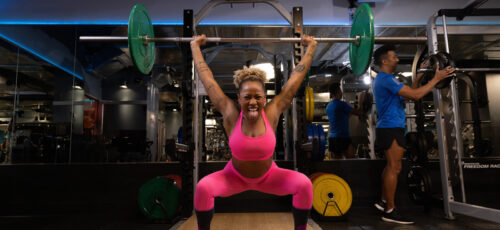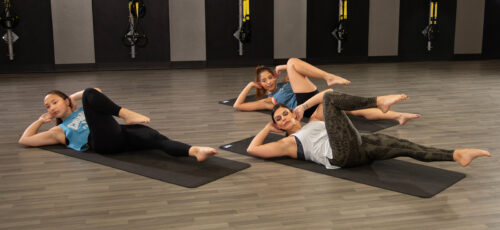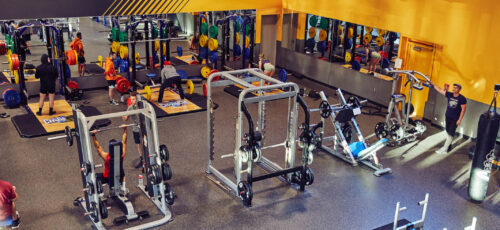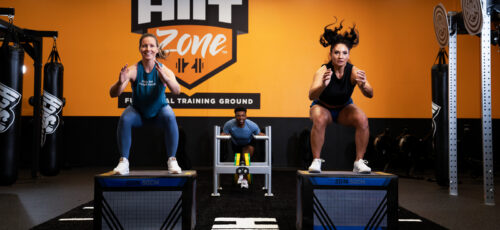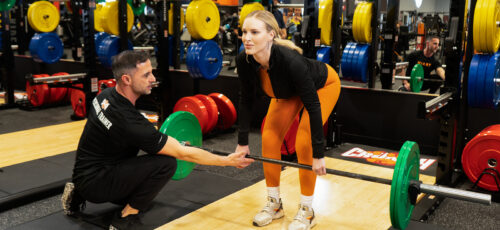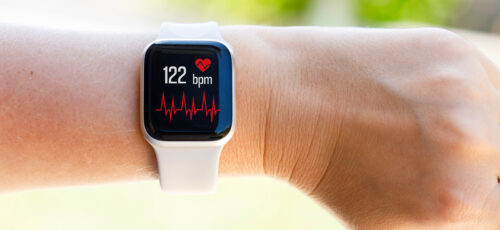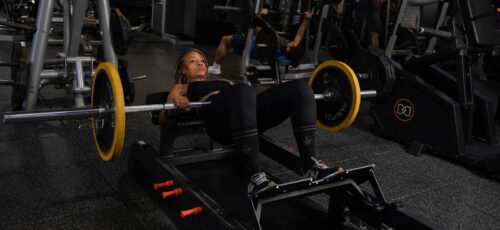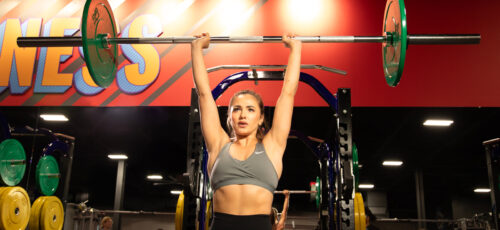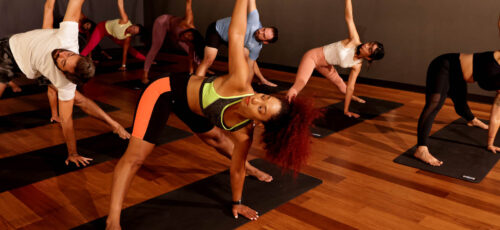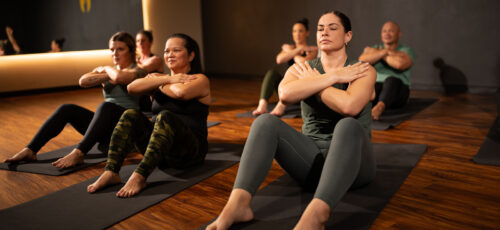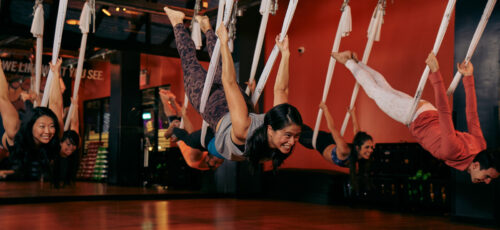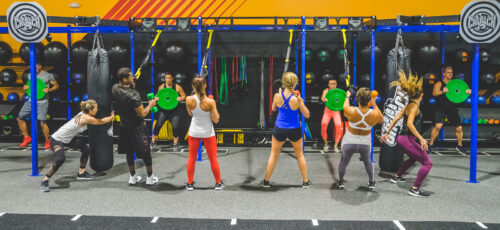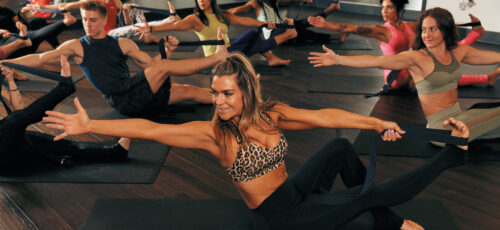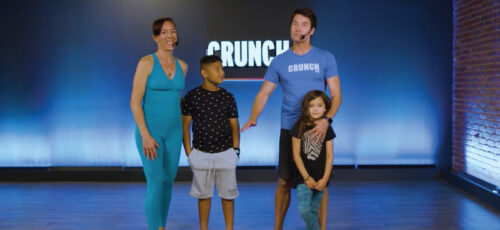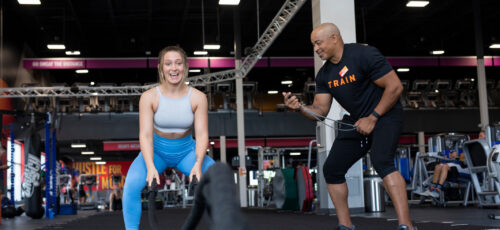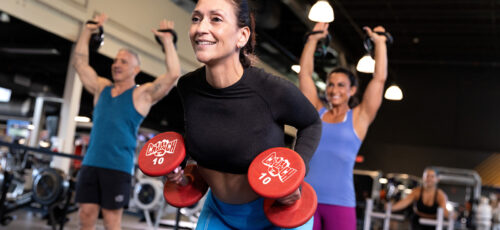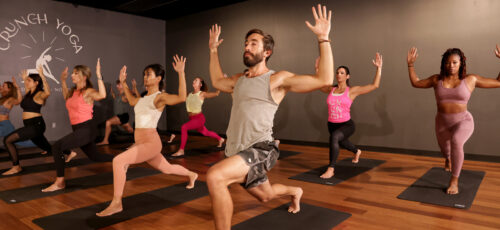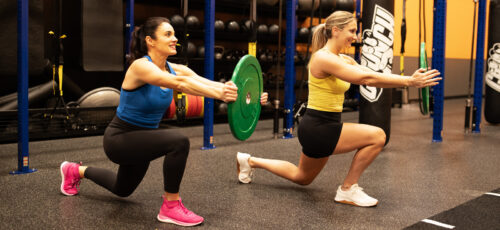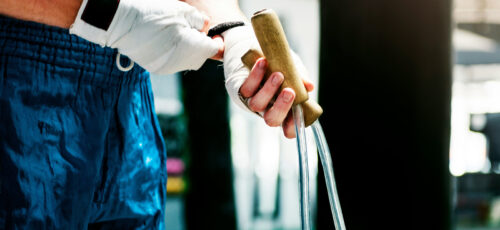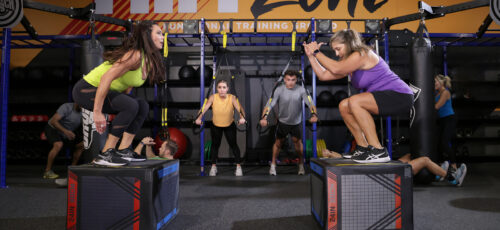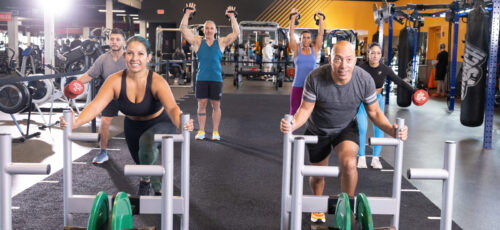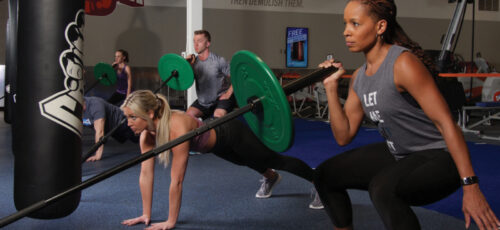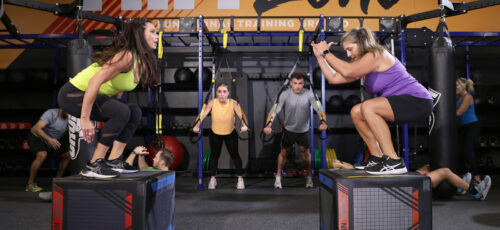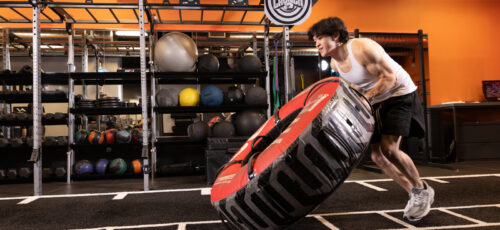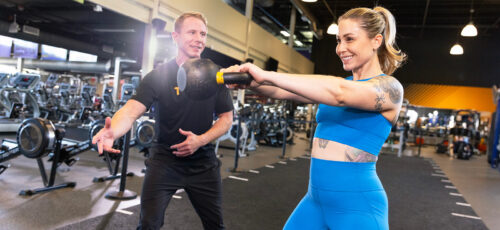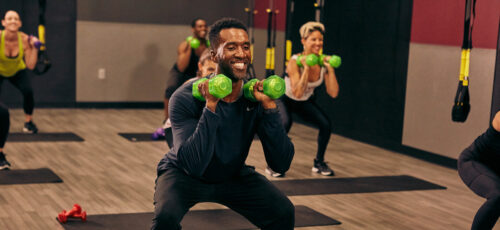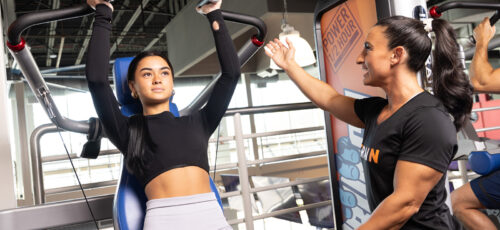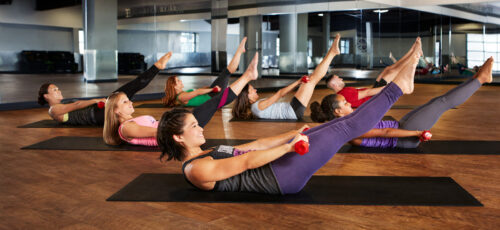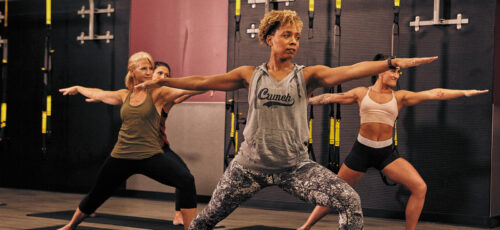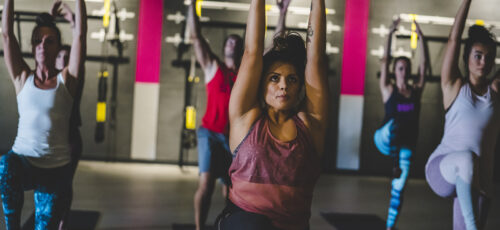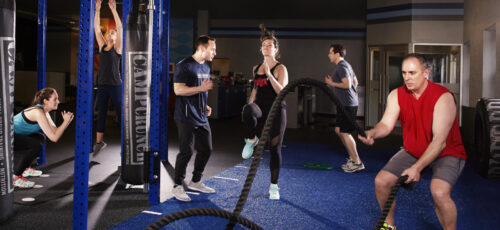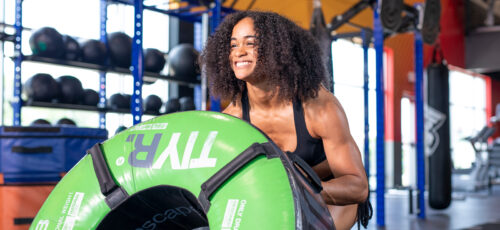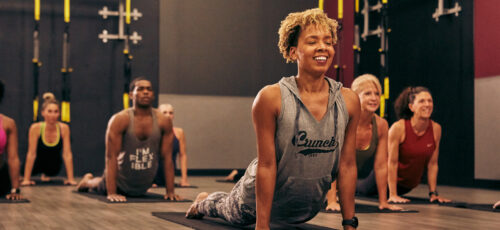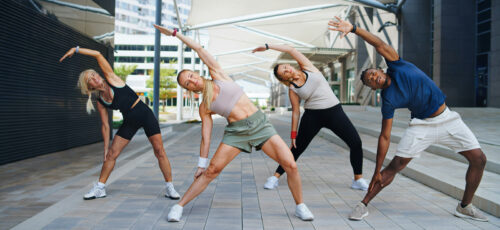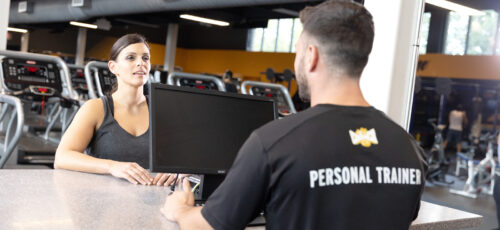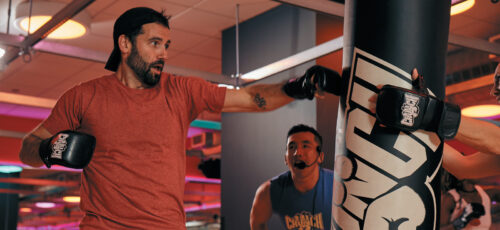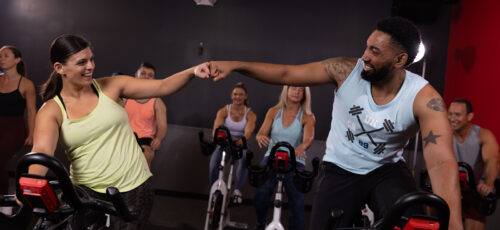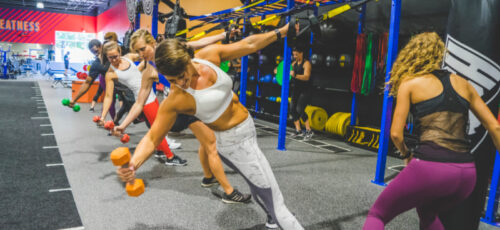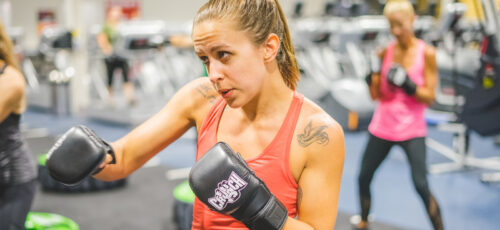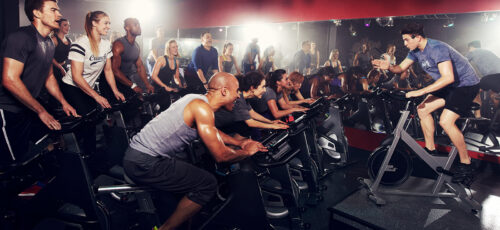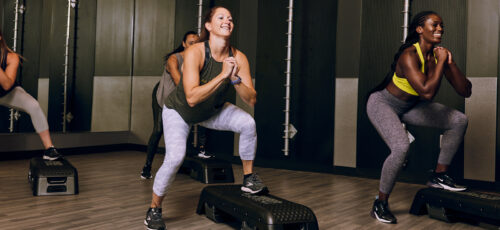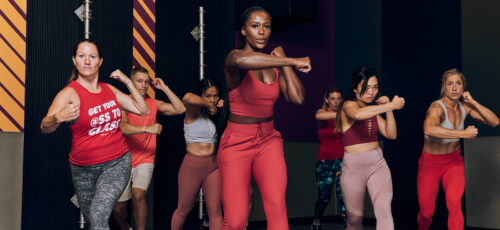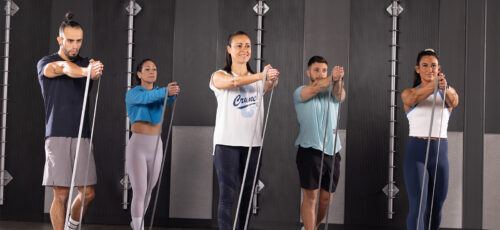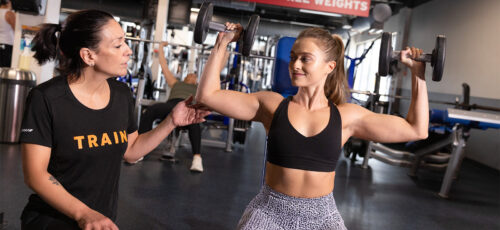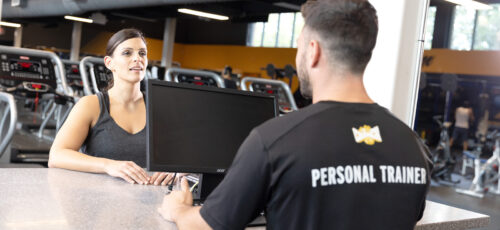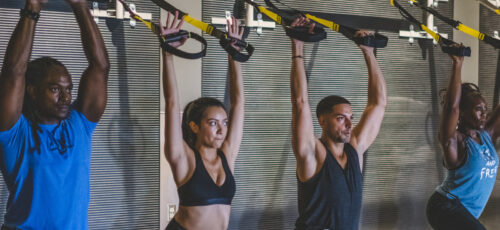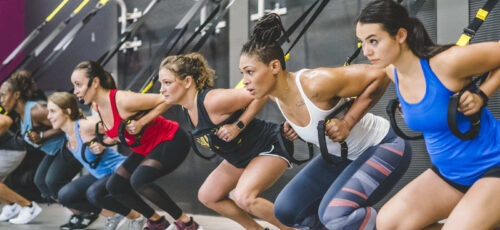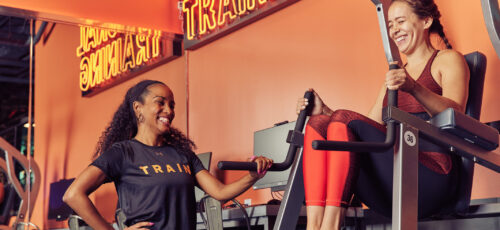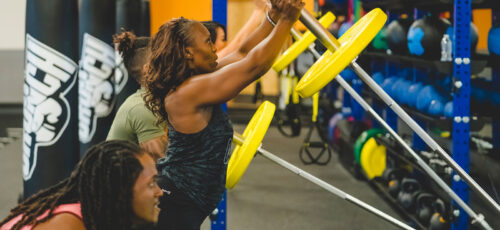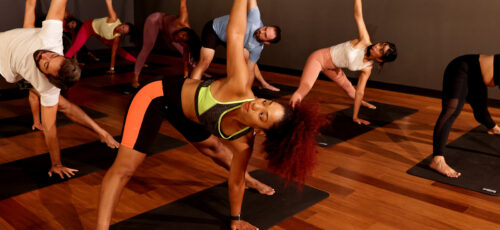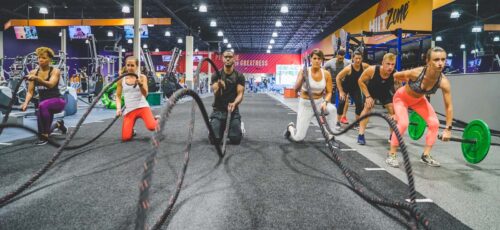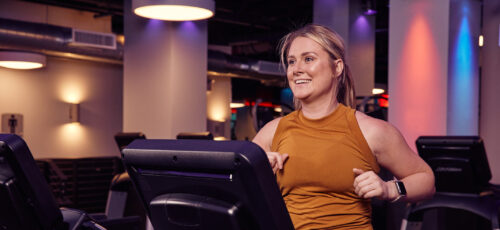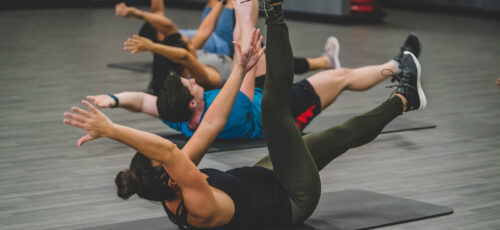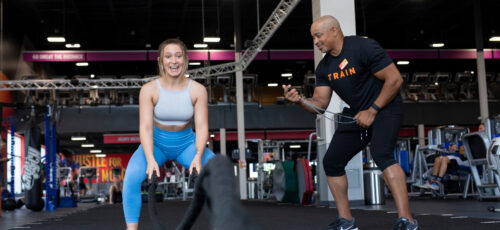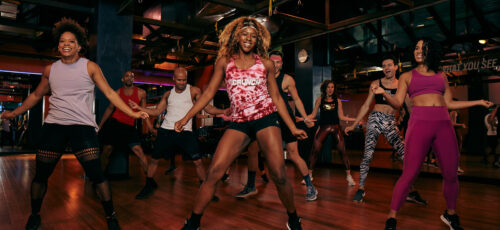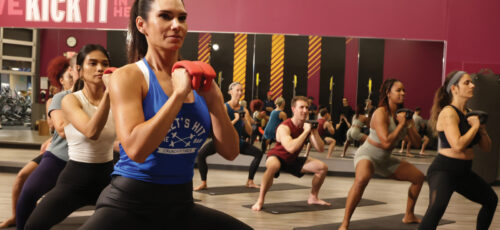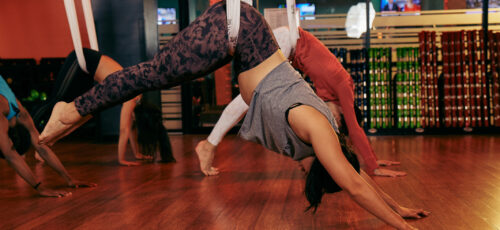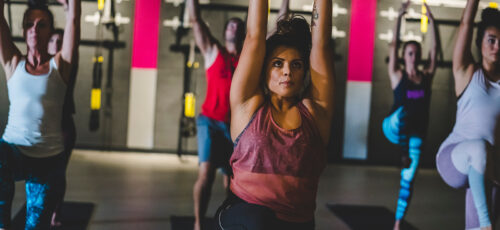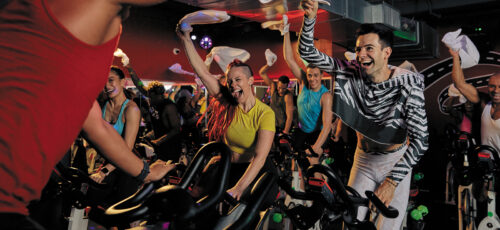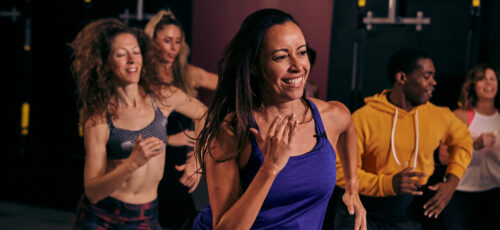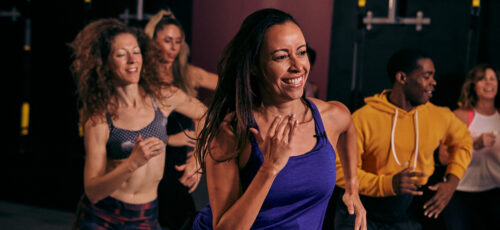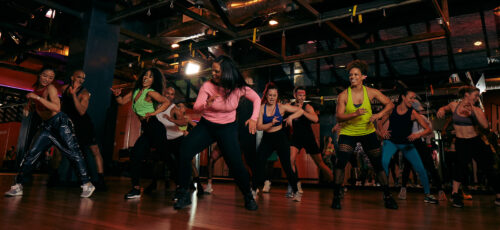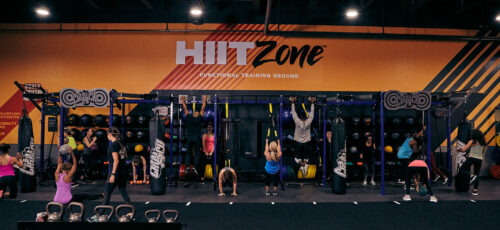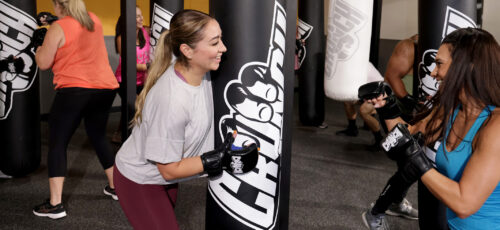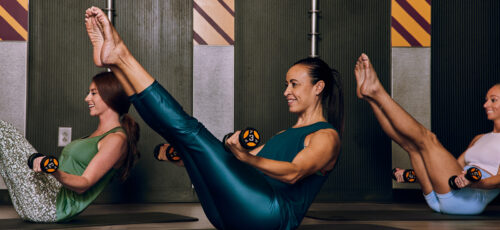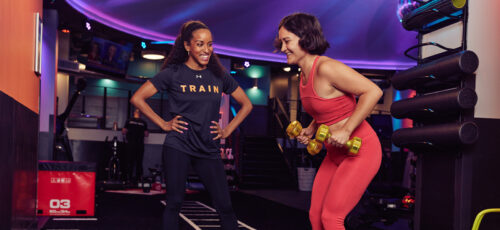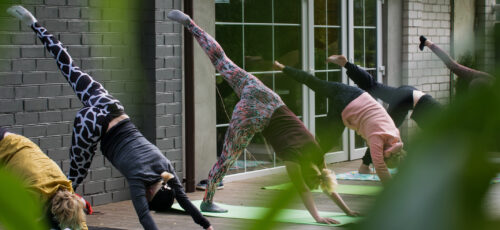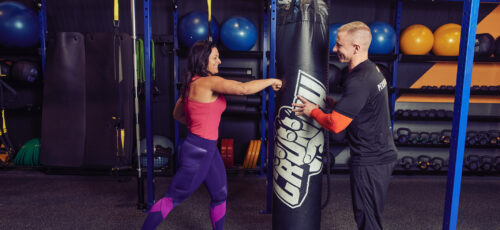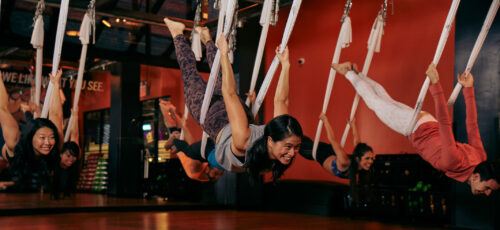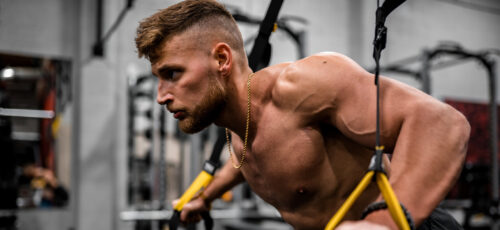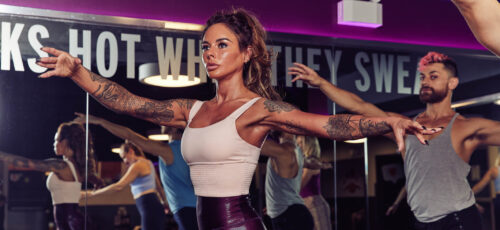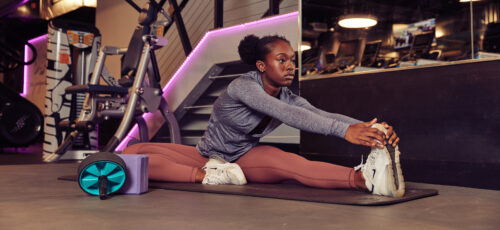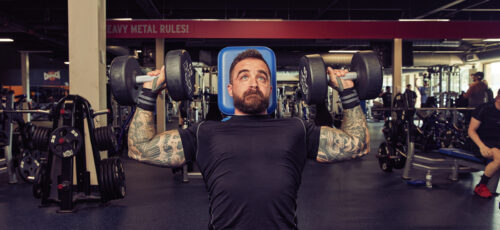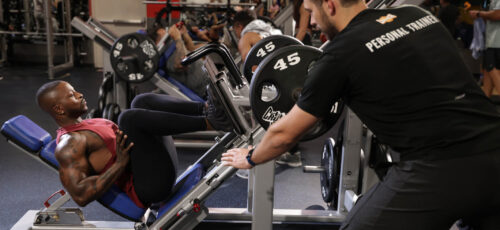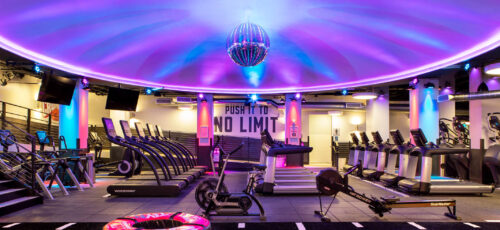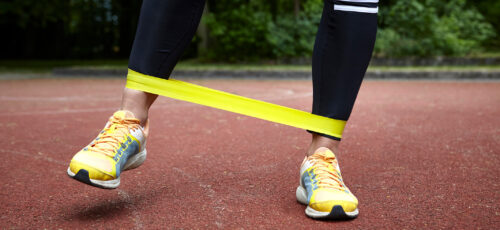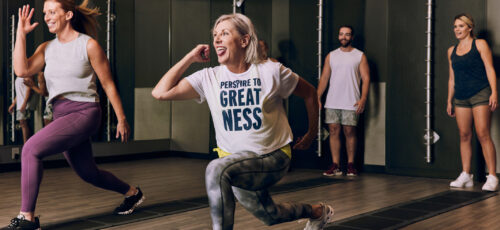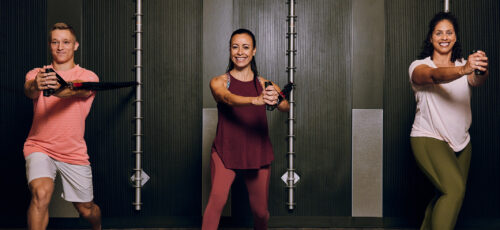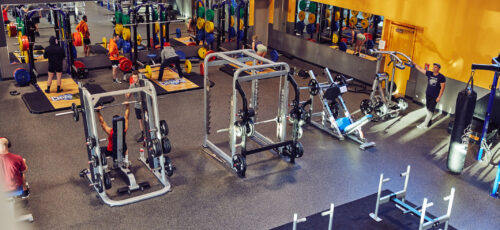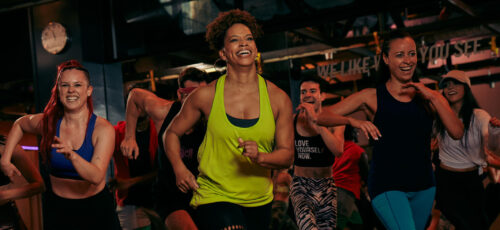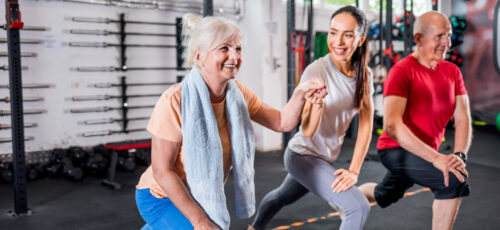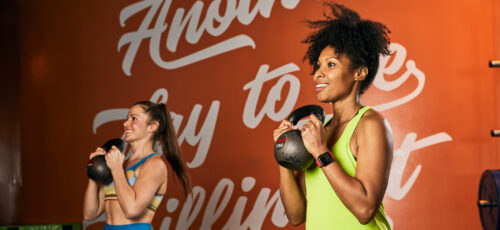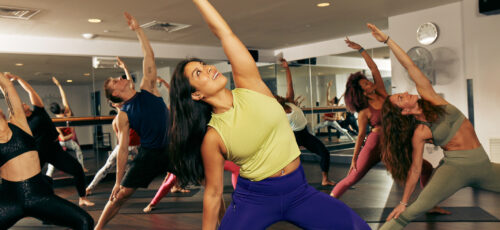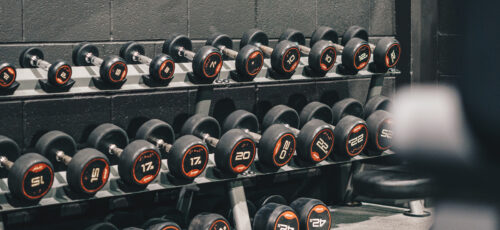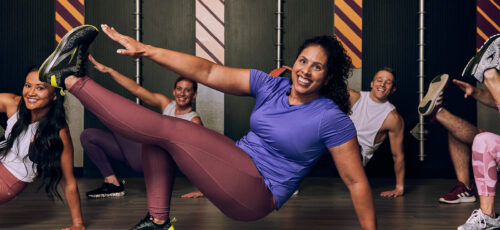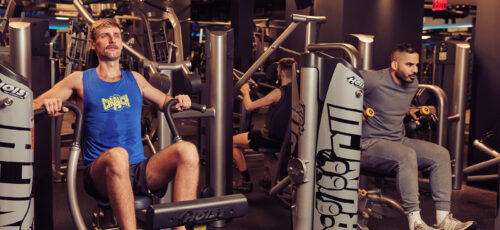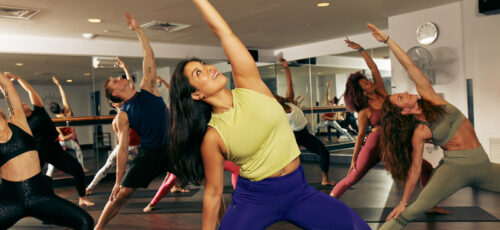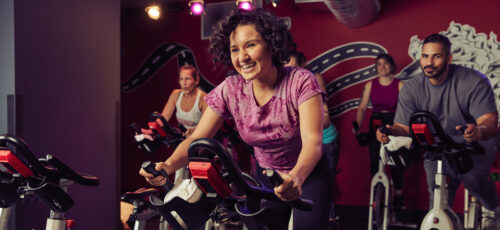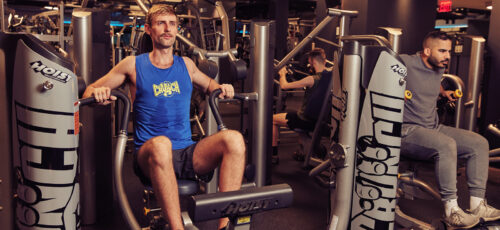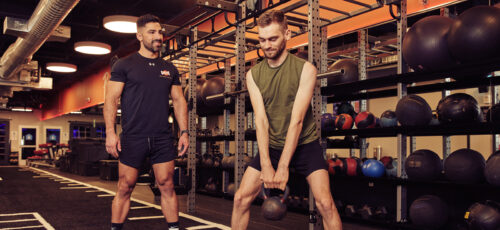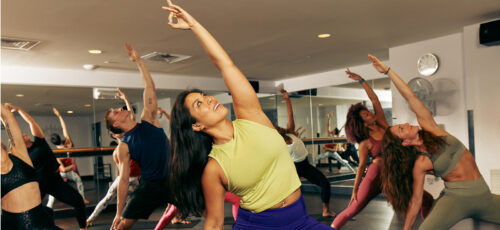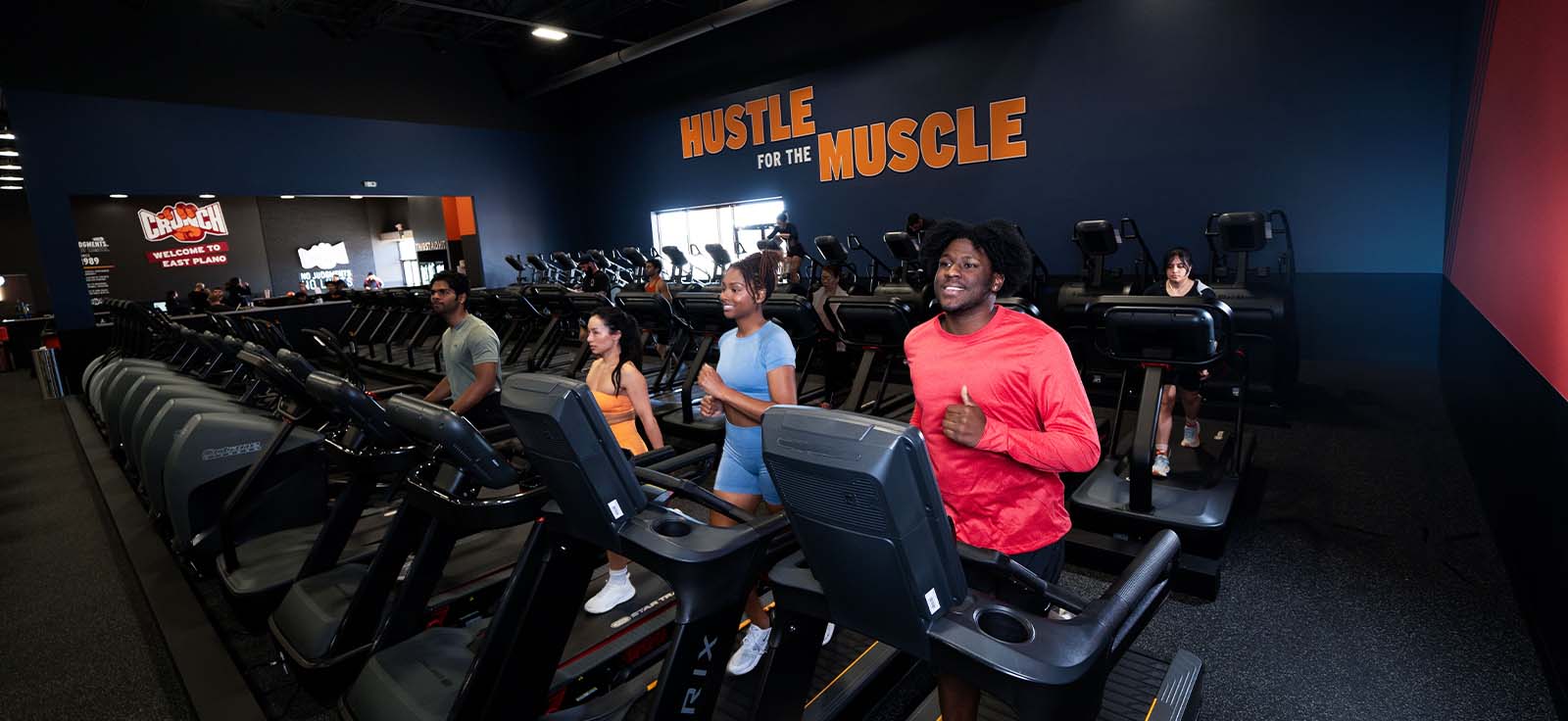
Cardiovascular endurance plays a critical role in improving overall fitness. It’s not just for athletes or distance runners—developing strong cardiorespiratory fitness is essential for anyone who wants to enhance daily function, support long-term health, and reduce the risk of chronic disease.
Cardiovascular endurance is the body’s ability to sustain aerobic exercise for prolonged periods. It allows the heart, lungs, and circulatory system to efficiently deliver oxygen to the working muscles.
This type of endurance impacts one’s capacity to perform structured workouts and everyday activities, like climbing stairs, carrying groceries, or walking to work, without fatigue or shortness of breath.
The American College of Sports Medicine, notes that regular aerobic exercise helps your heart become stronger, allowing it to move more blood with every beat, lower your resting heart rate, and improve how well your body uses oxygen during activity.
It’s also a proven way to reduce the risk of cardiovascular disease, coronary artery disease, high blood pressure, and metabolic syndrome. Even moderate improvements in cardiovascular function can significantly impact health-related fitness measures and disease control.
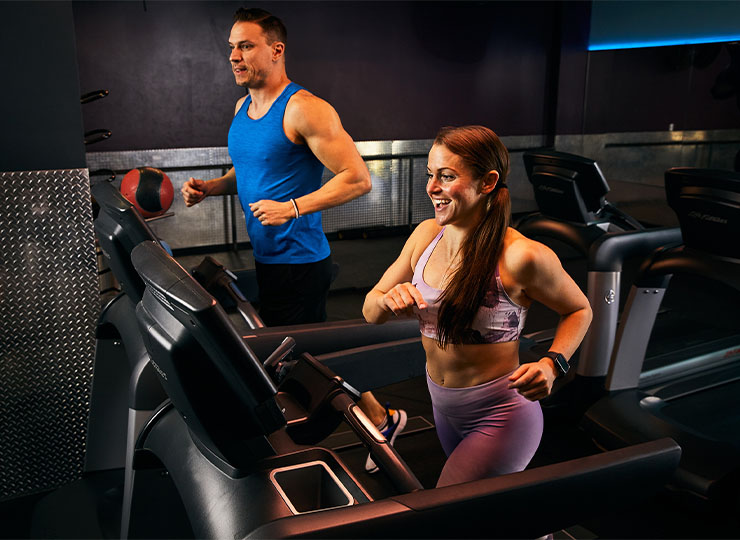
Examples of effective cardiovascular training include:
- Brisk walking or light jogging (great for beginners)
- High-intensity interval training (HIIT) for time-efficient results
- Cycling or swimming, which engage different muscle groups
- Endurance training, such as long-distance running or rowing
Improving cardiovascular endurance is not only achievable—it’s necessary. The good news is that you don’t need elite-level training to get started.
Whether your goal is to feel stronger during workouts or simply improve your quality of life, this beginner-friendly guide will help you understand how to build endurance, measure progress, and achieve lasting results through consistent physical exercise.
What Is Cardiovascular Endurance?
Think of cardiovascular endurance as your body’s stamina superpower—your ability to keep moving without hitting the wall. Whether you’re running, cycling, or powering through a HIIT class, it all comes down to how efficiently your cardiovascular system can deliver oxygen to your working muscles over extended periods of physical activity.
When your heart, lungs, and blood vessels work together, your body becomes well-oiled. You’ll notice less muscle fatigue, better oxygen consumption, and a stronger ability to perform daily tasks with energy left to spare. Not bad, right?
Scientists often measure cardiorespiratory endurance with a VO₂ max test, which tracks the maximum amount of oxygen your body can use during intense exercise. The higher your VO₂ max, the more efficient your body is at handling aerobic exercise, and the easier it is to climb stairs without sounding like Darth Vader.
Boosting cardiovascular fitness also improves resting heart rate, increases blood volume, and helps reduce the risks of heart disease, high blood pressure, and metabolic syndrome.
No need to be elite—just consistent. 150 minutes of moderate-intensity per week training can improve overall fitness and heart health.
How to Use Heart Rate to Boost Cardiovascular Fitness
Want to improve your cardio without guessing? Your heart rate is a great tool for tracking progress and making your workouts more effective. Here’s how it works.
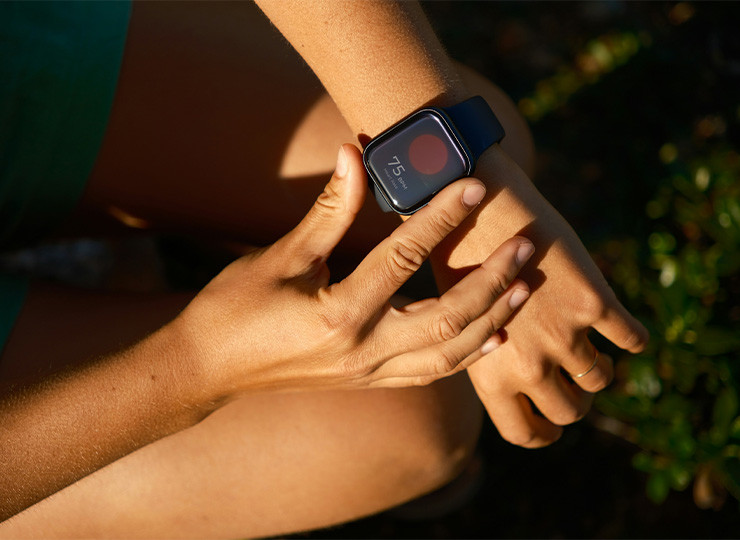
First, find your maximum heart rate by subtracting your age from 220. That number is your personal “ceiling” during exercise. Stay between 64% and 76% of that number to build cardiovascular endurance during most workouts. That’s your target zone for moderate intensity aerobic exercise like walking fast, biking, or swimming.
You don’t need fancy equipment—just use a fitness watch or take the “talk test”: if you can talk but not sing, you’re probably in the right zone. If talking feels really hard, you’ve moved into high-intensity territory.
As your cardiovascular fitness improves, your heart won’t have to work as hard to do the same workout. You’ll breathe easier, feel stronger, and recover faster.
Here are a few ways to level up:
- Go a little faster or longer
- Add another workout day per week
- Try intervals (switch between easy and hard effort)
Everyone improves at a different pace, so listen to your body. If you’re unsure where to start, a trainer can help you build a plan that fits your goals and fitness level.
Crunch Fitness classes are great for building cardiovascular endurance.
- Ride (Indoor Cycling): Push your limits with intervals, climbs, and sprints on the bike. It’s all about aerobic endurance and serious leg power.
- Yoga Body Sculpt: This isn’t your average yoga—add light weights and reps to your flow for a heart-pumping, endurance-building experience.
- HIIT Zone Circuit: Fast-paced, high-intensity interval training that trains your heart and muscles to go the distance, one station at a time.
- Tabata 20-10: Short bursts of intense exercise followed by rest—perfect for increasing VO₂ max and burning serious calories.
- Fight Camp: A boxing-inspired class that blends cardio drills, agility, and strength. It challenges your cardiovascular system and builds grit.
- Zumba: A dance-fitness party that’s more fun than your playlist. It targets your heart health, coordination, and stamina—all while smiling.
- Badass Bootcamp: Uses heavy weights and bodyweight exercises to build strength and burn fat.
- BodyWeb with TRX: Suspension training that keeps your body moving—and your heart rate climbing—while challenging core and stability.
- Total Body Bootcamp: A no-frills, all-out cardio and strength class designed to push your body through every plane of movement.
- Cardio Tai Box: A martial arts-inspired cardio session—strike, kick, and shuffle your way to a healthier heart.

How to Measure Your Cardiovascular Endurance
So, you’re doing the work—now you’re probably wondering, “Am I actually getting fitter?” Great question. Measuring cardiovascular endurance shows how well your heart, lungs, and muscles work together during physical activity. And no, you don’t need a lab coat or oxygen mask to figure it out (unless you’re into that).
Here are some popular, practical ways to measure your progress:
12-Minute Run Test
Head to a track or treadmill, set a timer for 12 minutes, and run, jog, or speed-walk as far as you can. Your total distance shows how well your cardiovascular system delivers oxygen to your muscles. It’s a simple way to test aerobic endurance—and hey, it doubles as your workout for the day!
The Bruce Treadmill Test
This one’s more advanced. On a treadmill, the speed and incline increase every 3 minutes. You keep going until you can’t anymore. It’s intense but reveals a lot about your cardiorespiratory endurance.
Rockport Walk Test
Perfect for beginners. Walk one mile as fast as possible, then record your time and heart rate at the finish. Plug those numbers into an online fitness calculator, and voilà—you get an estimate of your VO₂ max, which tells you how efficiently your body uses oxygen.
VO₂ Max Test
The gold standard. It is usually done in a sports lab with a face mask to measure oxygen consumption during intense exercise. It is not super casual but incredibly accurate.
Not into testing? No problem. You’re on the right track if your workouts feel easier over time and you’re less winded climbing stairs.
Why Cardiovascular Endurance Actually Matters
Building cardiovascular endurance can help you finally survive a full cycling class without silently praying for it to end—but the benefits go way beyond the gym.
Developing cardiorespiratory endurance is one of the best things you can do for your overall physical fitness, and it plays a huge role in both short- and long-term health outcomes.
Let’s break it down:
A Stronger, Smarter Heart
Your heart is a muscle. Like any muscle, the more you train it with aerobic exercise, the stronger it gets. Regular physical activity improves your stroke volume (how much blood your heart pumps per beat), lowers your resting heart rate, and improves circulation—aka how your body delivers oxygen to your muscles.
You can work out longer, recover faster, and feel less like collapsing mid-staircase. Studies have also shown that people with higher levels of cardiovascular fitness are at a much lower risk for heart disease, high blood pressure, and even heart failure.
In fact, a 29-year study published in The European Journal of Preventive Cardiology found that better cardiorespiratory fitness significantly reduced the risk of heart-related death—even in people who already had high blood pressure.
Immunity = Upgraded
Here’s a fun fact: getting your cardio in can help you get sick less. A 2019 Journal of Sport and Health Science review showed that moderate to vigorous exercise reduces inflammation and boosts immune cell activity.
Some researchers even found that regular cardio can reduce upper-respiratory infection risk by 40%. So, next time you’re debating a workout vs. a Netflix binge, remember that one of them helps your immune system do its thing.
Better Sleep, Fewer Pills
Cardio endurance training doesn’t just help you work hard—it helps you rest hard, too. Research from Mayo Clinic Proceedings showed that people with solid aerobic endurance are less likely to rely on sleeping pills. Clock in at least 75 minutes a week at 70–80% of your max heart rate, and your sleep might improve naturally.

It Makes Real Life Easier
Improving cardiovascular health isn’t just about peak performance. It’s about enjoying the stuff that makes life fun: hiking longer, dancing harder, keeping up with your kids (or your dog), and not needing a breather after carrying groceries upstairs.
As we age, maintaining endurance becomes even more important. Without regular physical exercise, our conditioning declines, increasing the risk of falls, certain diseases, and feeling tired all the time. But the good news? It’s never too late to start.
Your Brain Loves Cardio, Too
Let’s not forget the mental health perks. Exercise boosts endorphins—your natural mood-lifters—and studies link cardiovascular fitness to reduced anxiety and depression. You don’t need to run a marathon to feel it. Simply walking faster, working up a sweat, and seeing progress can be a huge mental win.
Cardiovascular Endurance Getting Better?
Tracking your progress with cardiovascular endurance doesn’t have to involve lab tests. A simple way to measure improvement is by checking your heart rate. As your fitness increases, your heart rate will be lower during the same workouts that once left you breathless—until you crank up the speed or intensity again.
But numbers aside, your body tells the real story. Can you jog longer without stopping? Increase the treadmill incline without giving up? That’s your endurance improving. You’ll also notice that daily tasks—like taking stairs or carrying groceries—start to feel easier.
And if you ever hit a wall, don’t panic. You don’t need to go all out every day to see results. Just keep showing up. Every step, every rep, and every drop of sweat builds endurance—and we’re in it together.
Reach Your Fitness Goals With Crunch
Building cardiovascular endurance takes time, consistency, and a bit of sweat—but the rewards are worth it. From better heart health to more energy in everyday life, every step forward counts. Keep moving, challenge yourself, and remember that progress is progress, no matter how small.
Crunch promotes a culture of positivity, inclusivity, and fun with no judgments by providing an environment for all individuals regardless of their health and fitness goals. Find a Crunch gym near you to try our free trial membership, or join Crunch now. We’re here for you – at the gym or at home. Access the best live & on-demand workouts anytime, anywhere with Crunch+. Ready to get sweaty? Try hundreds of workouts for free! Start your free trial now!










